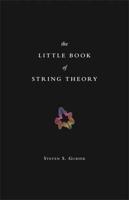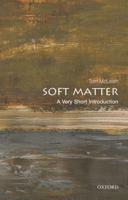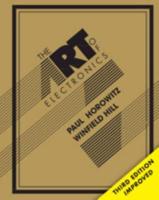Publisher's Synopsis
The study of solids is one of the richest, most exciting, and most successful branches of physics. While the subject of solid state physics is often viewed as dry and tedious this new book presents the topic instead as an exciting exposition of fundamental principles and great intellectual breakthroughs. Beginning with a discussion of how the study of heat capacity of solids ushered in the quantum revolution, the author presents the key ideas of the field while emphasizing the deep underlying concepts. The book begins with a discussion of the Einstein/Debye model of specific heat, and the Drude/Sommerfeld theories of electrons in solids, which can all be understood without reference to any underlying crystal structure. The failures of these theories force a more serious investigation of microscopics. Many of the key ideas about waves in solids are then introduced using one dimensional models in order to convey concepts without getting bogged down with details. Only then does the book turn to consider real materials. Chemical bonding is introduced and then atoms can be bonded together to crystal structures and reciprocal space results. Diffraction experiments, as the central application of these ideas, are discussed in great detail. From there, the connection is made to electron wave diffraction in solids and how it results in electronic band structure. The natural culmination of this thread is the triumph of semiconductor physics and devices. The final section of the book considers magnetism in order to discuss a range of deeper concepts. The failures of band theory due to electron interaction, spontaneous magnetic orders, and mean field theories are presented well. Finally, the book gives a brief exposition of the Hubbard model that undergraduates can understand. The book presents all of this material in a clear fashion, dense with explanatory or just plain entertaining footnotes. This may be the best introductory book for learning solid state physics. It is certainly the most fun to read.










